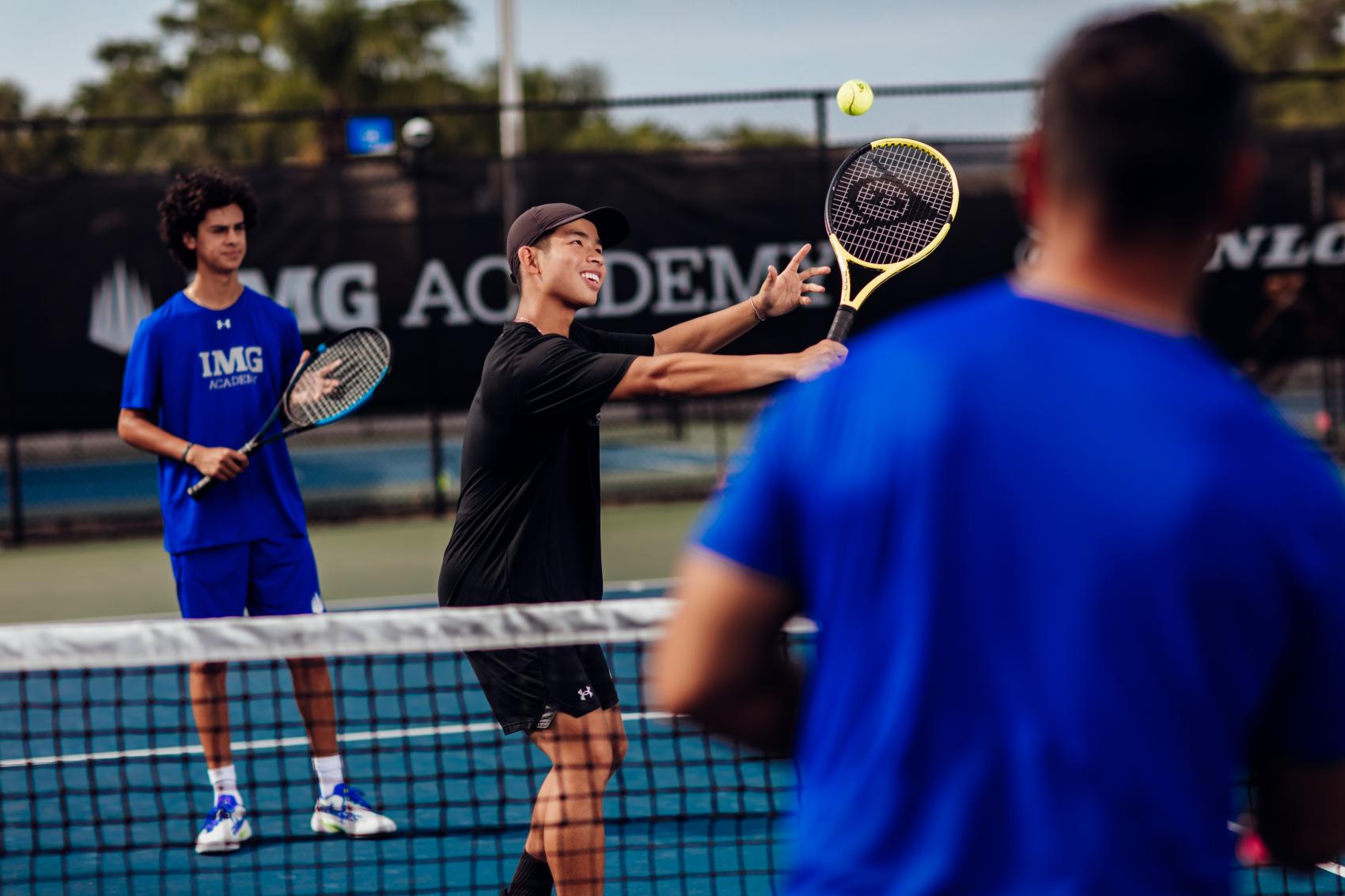@apjones01
He is correct.
If you read old USPTA manuals, there were precise footwork patterns prescribed for each stroke - how each foot much move and through what angle for every stroke. If it was at all necessary, it was probably because proper footwork was crucial to good tennis in the wood era. Today, pros hit awesome shots with open stance and without much footwork and get away with it due to the powerful rackets.
Only a few simple guidelines are needed today: outside foot first towards the ball in unit step, shuffle/crossover steps based on distance to the ball, big first steps and small adjustment steps after that, the crossover step moving backwards for an overhead smash, split step, move diagonally to balls in front to reduce distance.
And probably few more. Rigorous footwork rules are passe.
In some cases, modern frames generate so much speed and spin that trying to get to the ball is futile. That has further reduced the need for textbook footwork.
Sorry, but this is just pure nonsense. Or, at least, partial nonsense. As one who actually teaches the sport, I can tell with absolute certainty that there is a lot of footwork employed by rec players, and even some high level players, that is flawed or sub-optimal. Footwork can be efficient or inefficient. It can be explosive or sluggish (or lethargic or even downright lazy).
Many players will often overrun the ball, employing too many 'momentum' steps rather than employing a
Mogul move or some other suitable pattern for a quick direction change and/or recovery.
Footwork is more than just foot orientation or stances. Tho optimal orientation and suitable uses of stances is part of it. It is also about footwork patterns and movement (type and quality).
Specific patterns. Sure, modern pros do use a variety of stances, patterns or types of movement. This should not be construed to mean that they will (normally) use just any old random pattern or movement.
From the IMG Academy recently (within the last 6 months):
Technical and tactical elements remain the focus, along with footwork, conditioning, mental toughness, vision training, leadership, nutrition, and speed and agility training.
TennisPlayer.net had a multitude of articles dedicated to footwork:
https://www.tennisplayer.net/public/footwork/footwork_public.html
Other recent footwork sources:
After more than 40 years, IMG Academy's tennis program still sets the standard by which all tennis boarding schools around the world are measured. Apply today!

www.imgacademy.com

